How to Open and Use Terminal on Mac
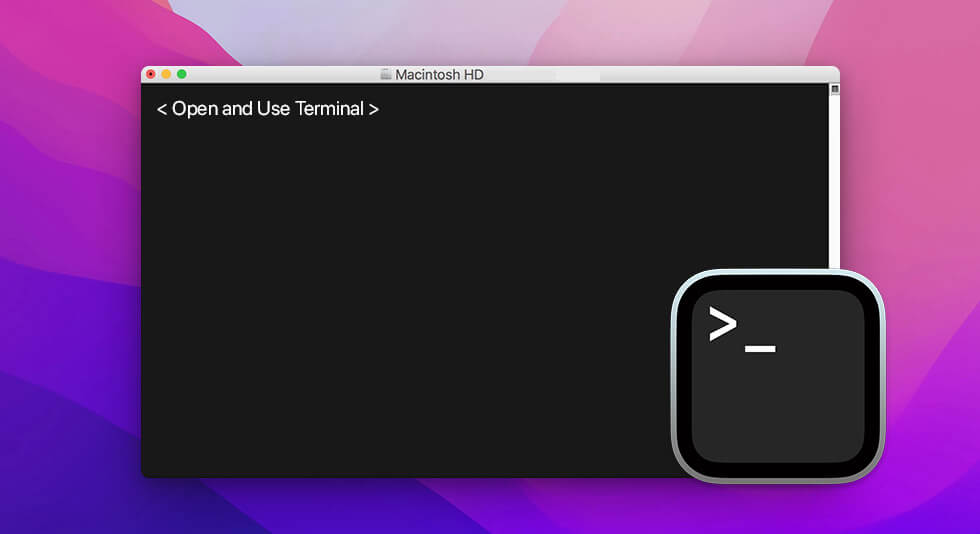
Wondering how to access Terminal on Mac? You’ve come to the right place! Mac’s Terminal is a powerful command-line application that uses text-based commands to interact with the operating system.
In this post, we will be learning how to use Terminal on Mac like a pro! Here’s everything that you need to know.
What is Mac’s Terminal?
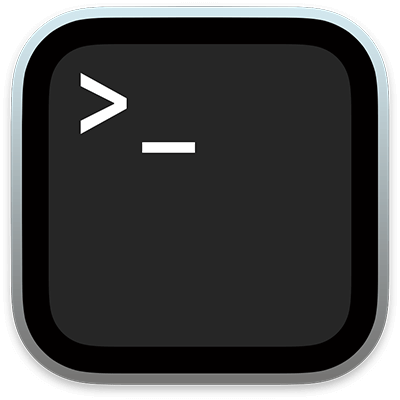
Just like Windows has Command Prompt, macOS Terminal offers similar functionality. Mac Terminal is a command-line interface that is used to enter and execute text-based commands to interact with the operating system and its file system, as well as to run utilities, scripts, and applications. The Terminal provides access to advanced features and functions of the macOS operating system.
The Terminal app on macOS can prove useful for advanced users and developers for running system-level operations on Mac. It can also be used to automate repetitive tasks, manage files and directories, or for troubleshooting your device when things go south.
Let’s get started and learn how to access Terminal on Mac.
Also read: How to Hide or Unhide Files Using Terminal on Mac
How to Open Terminal on macOS?
You can open the Terminal on a Mac by following these steps:
Step 1: Tap on the “Finder” icon in the dock to open a Finder window.
Step2: Tap on the “Applications” folder in the left sidebar to access the list of installed applications.
Step 3: Scroll down and locate the “Utilities” folder.
Step4: Open the “Utilities” folder and click on the “Terminal” application to launch it.
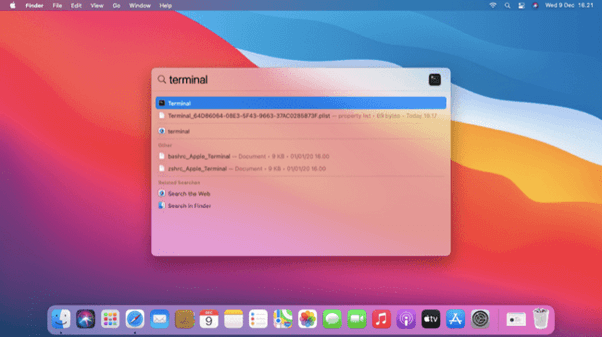
Alternatively, you can also perform a quick spotlight search to launch the Terminal app on your Mac. As soon as the Terminal app opens on your device, you can start running commands on its interface.
How to Use Terminal on Mac?
Well, in the first go, the Terminal may appear a bit complex, especially to beginners. If you’re familiar with Unix-based systems then using Terminal won’t be as tricky for you. Once you get grips with the basic commands and functions, you can use the Terminal app to accomplish complex tasks on the go.
As you can notice on the user interface, Terminal offers you two different Shell environments: Bash and zsh. Zsh provides a more advanced and flexible shell environment compared to Bash, making it a good choice for users who want to take advantage of its advanced features and capabilities. However, if you don’t want to perform any complicated tasks and just want to get through with the basics then switching to Bash is also a great option. You can simply switch between these two environments based on your preference. Simply type “Bash” or “Zsh”, and hit the Return key.
Also read: How to Access and Control Mac Remotely For Any Device
Getting Started with Basic Terminal Commands
Each command that you execute in the Terminal is broadly divided into 3 parts. First, is the command itself and then followed by an argument that mentions the resource on which the command needs to be operated. And finally, an option which is used to modify the output.
Let’s understand the basic structure of Terminal commands with the help of a simple example. Say, you need to move a file from one folder to another on your device. So, the basic command to move a file is “mv”. You will be using the “mv” command and then specify the location of the file you want to move, followed by the file name and the location where you want to move it to.
Hence the basic syntax of the “Mv” command is:
mv [Source File] [Destination file or directory]
Also read: Macbook Camera Not Working? Here’s How to Fix it!
Here are a few basic Terminal commands that you can use for accomplishing simple tasks:
- ls: Lists the files and directories in the current directory.
- cd: Changes the current working directory. For example, cd ~/Documents will change the current directory to the “Documents” folder in your home directory.
- mkdir: Creates a new directory.
- rmdir: Deletes an empty directory. For example, running the command rmdir test will delete the “test” directory.
- cp: Copies a file or directory. For example, cp file.txt ~/Documents/ will copy the “file.txt” file to the “Documents” directory.
- mv: Moves a file or directory. For example, mv file.txt ~/Documents/ will move the “file.txt” file to the “Documents” directory.
- rm: Deletes a file. For example, rm file.txt will delete the “file.txt” file.
- cat: Displays the contents of a file. For example, cat file.txt will display the contents of the “file.txt” file on the screen.
Also read: How To Open RAR Files On macOS
Terminal Rules to Keep in Mind –
Well, while using Terminal here are a few things to bear in mind. First, every character matters, even the space bar. So, while typing your commands, make sure that you are following the syntax properly and that all the commands are typed in the correct case. Also, accidentally deleting or overwriting files can be disastrous. Hence, avoid any typos and use the Terminal app with caution.
Are you looking forward to using the Terminal app on macOS? Feel free to share your thoughts in the comments section.

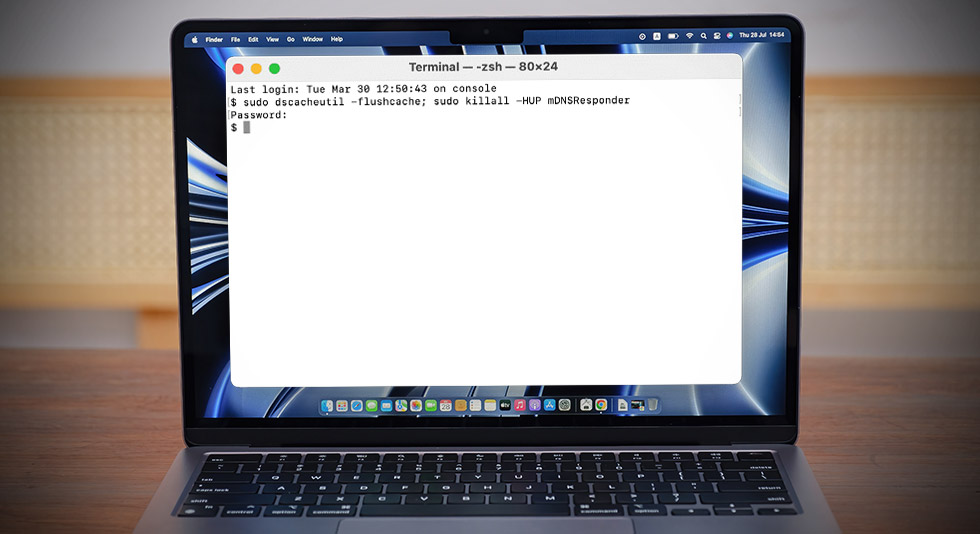 How To Flush DNS Cache on Mac
How To Flush DNS Cache on Mac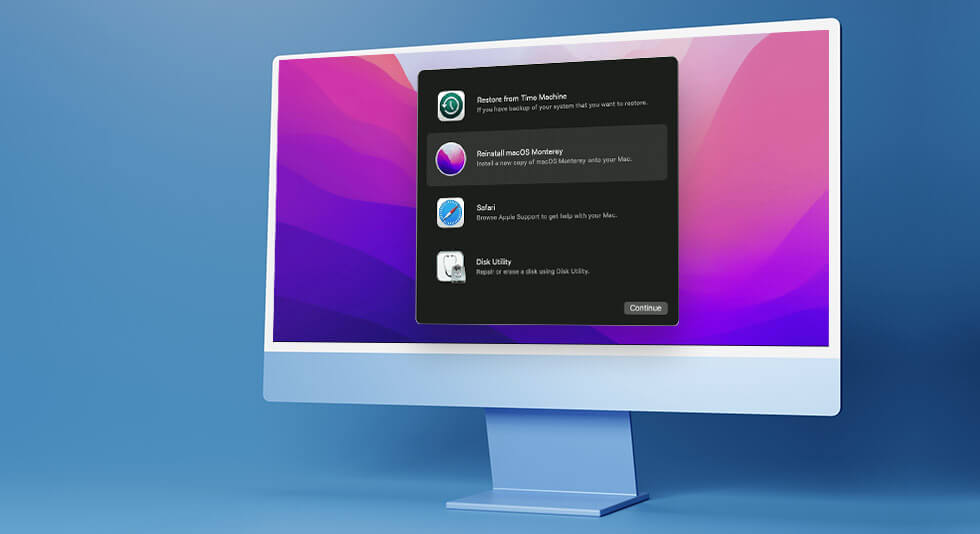 How To Start and Use Mac In Recovery Mode?
How To Start and Use Mac In Recovery Mode?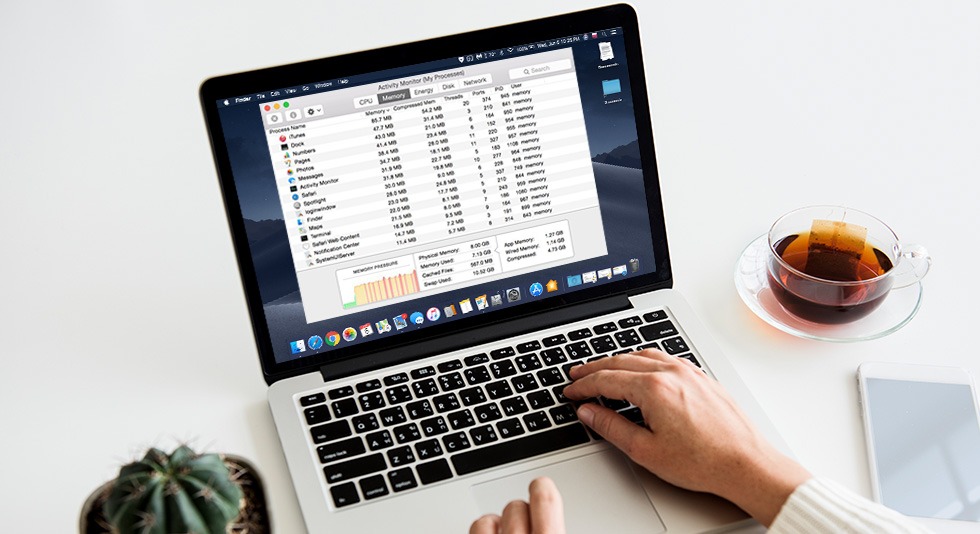 How To Access Task Manager on Mac
How To Access Task Manager on Mac